What color are healthy teeth?
It’s a question I get often, and there’s not an exact answer. Healthy teeth can come in a wide range of colors from very white to quite dark. Many factors can play into this: genetics, age, antibiotic usage, and fluoride concentration in water. What we consider white has changed considerably over time. What many of us see as white teeth now is much lighter than what was seen a generation or two ago.
Because of the desire of many to have whiter teeth, bleaching has become a common procedure performed at dental offices as well as at home.
The process of tooth bleaching involves using a peroxide-based substance that breaks down into water and oxygen radicals that remove stains and whiten the teeth. There are different concentrations of peroxide used in various forms of bleaching. Over-the-counter bleaching systems such as crest white strips contain anywhere from 3-15% hydrogen peroxide. Professional bleaching systems such as Kor, Zoom, and Boost contain anywhere from 25-40%. By comparison, bottled hydrogen peroxide commonly found at the store is 3%. Whitening toothpastes do not contain any effective concentration of peroxide and mainly rely on abrasives to remove minor surface stains. They cannot whiten the structure of the tooth like peroxides. Higher concentrations of peroxide do a better job of whitening the teeth, but pose more risks.
When it comes to the safety of tooth bleaching, the answer has two parts. The act of bleaching the teeth with hydrogen peroxide is not harmful if done correctly. If done incorrectly though, damage to either the gums or teeth can occur. The concern with over-the-counter bleaching systems is that while they are not as strong as the ones provided by dentists, they are unsupervised. A person can bleach as much as they want, and over-bleaching can lead to damaging of the tooth enamel. Bleaching demineralizes the tooth, a process that is reversed with time and saliva contact on the tooth. Over-bleaching does not allow the remineralization to occur, which can lead to permanent damage.
Another concern is damaging of the gums. Any concentration over about 10% (in which many over-the-counter bleaching systems fall) can burn the gums, causing significant damage. In a dental office, special care is made to keep the bleach solely on the tooth; this is not always achieved with a person at home.
In the end, healthy teeth come in many colors, but many people perceive whiter teeth to be more esthetically pleasing. If done correctly, there are no adverse long-term effects, but care needs to be taken with over-the-counter or bleaching done by non-dental professionals because permanent damage can occur to teeth or gums.
The truth is, beautiful teeth come in many colors, and having a healthy smile is the most important thing.
Dr. Nick is with Palm Desert Smiles and can be reached at (760) 568.3602.






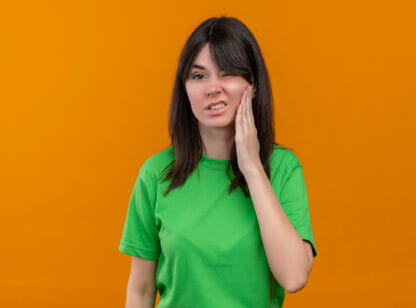
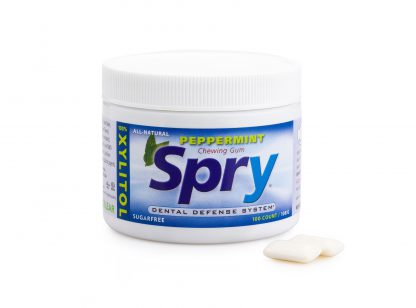

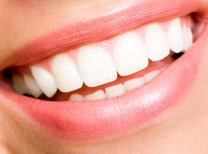

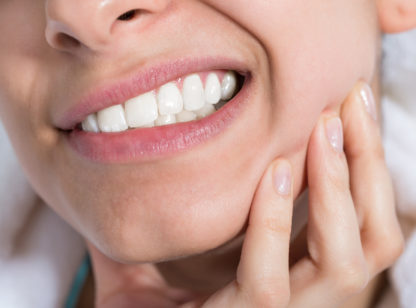







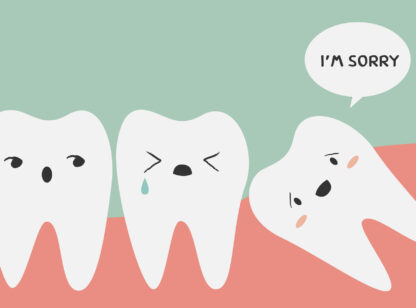




























Comments (0)